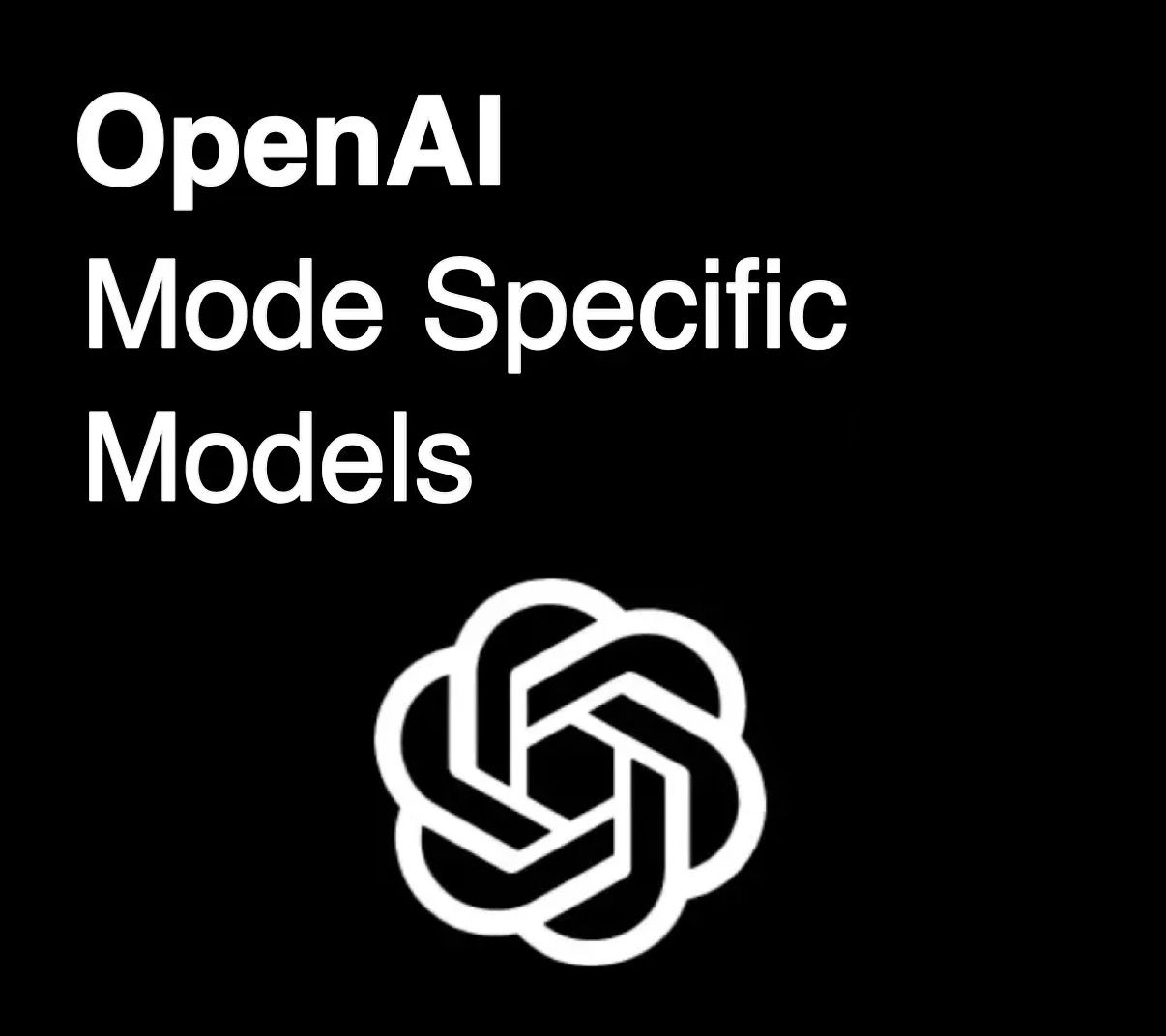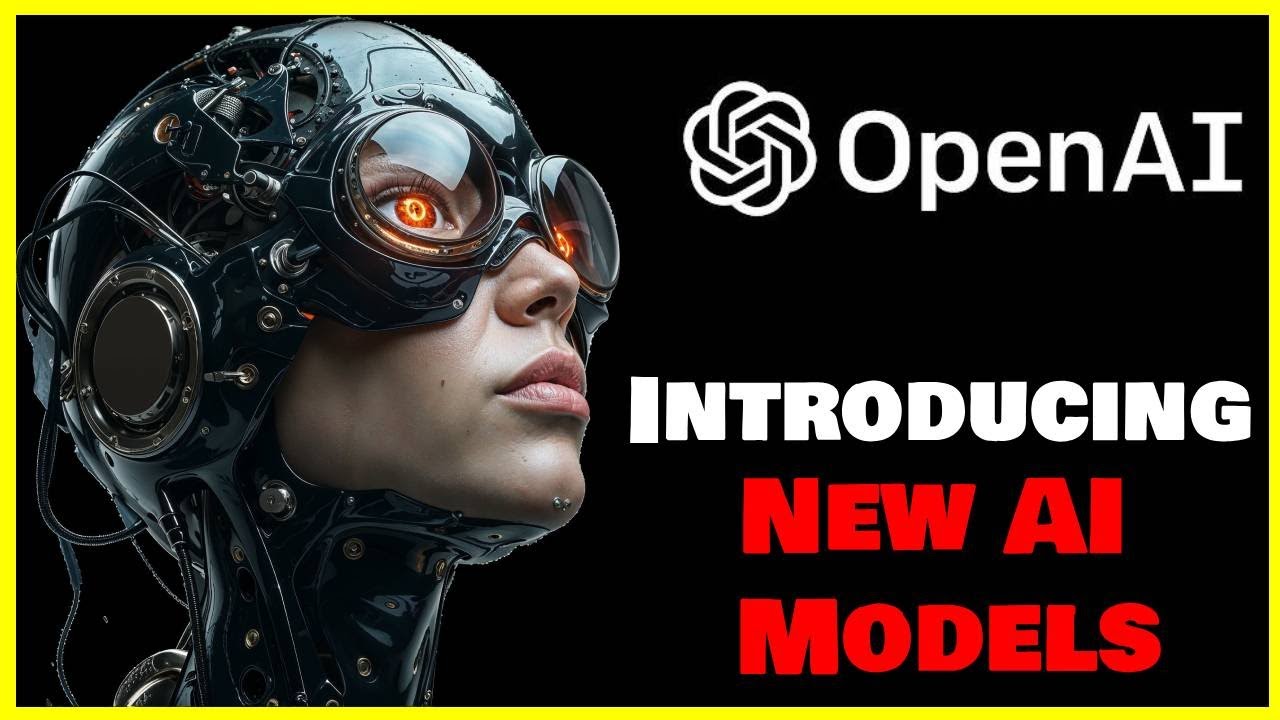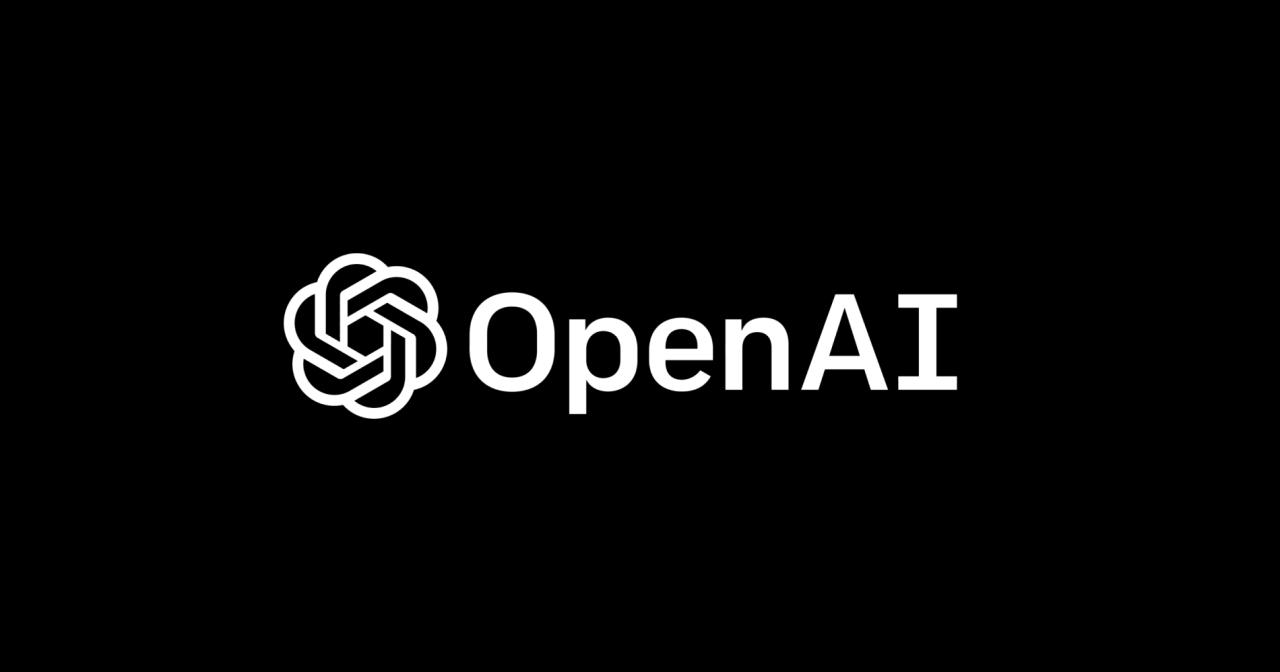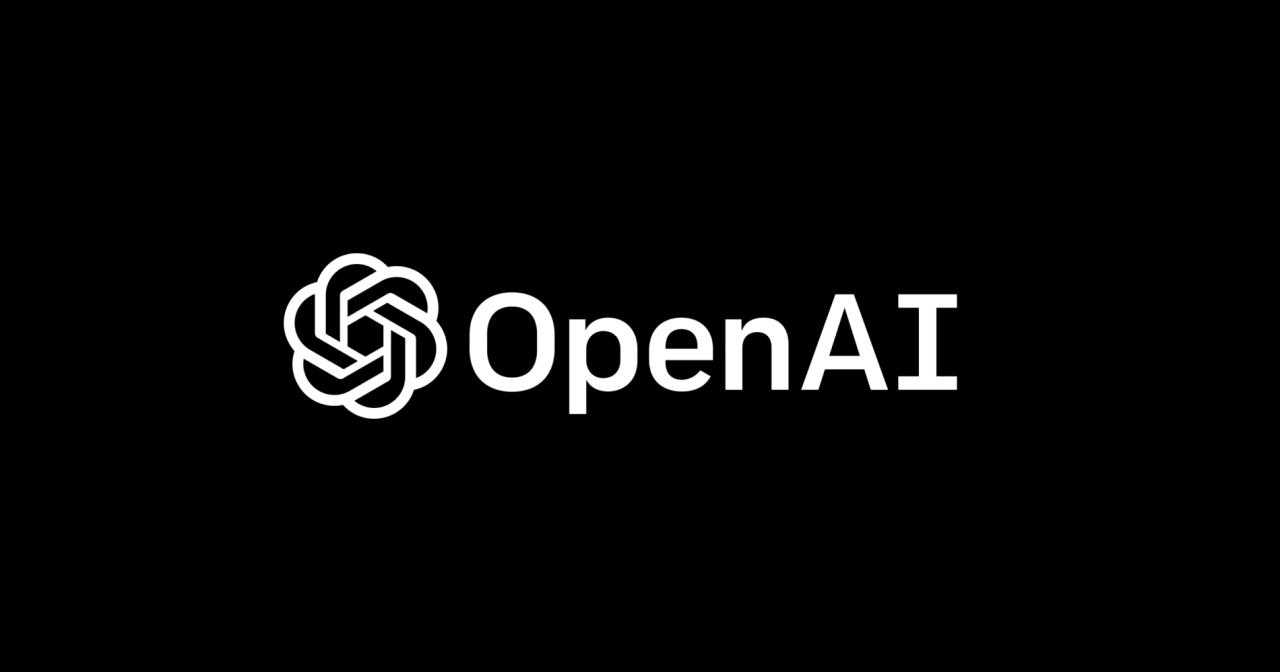Open ai o10 – OpenAI O10 represents a significant advancement in large language models. This exploration delves into its architecture, training data, and capabilities, comparing it to its predecessors and highlighting its unique features. We’ll examine its applications across diverse industries, addressing ethical considerations and potential biases. The journey will also cover performance metrics, limitations, and future development prospects.
Understanding OpenAI O10 requires a multifaceted approach. This involves analyzing its performance against competitors, exploring its security measures for data protection, and evaluating its user experience and potential for improvement. By addressing these key aspects, we aim to provide a complete picture of this powerful new technology.
OpenAI O10 Model Overview: Open Ai O10
OpenAI O10, a hypothetical large language model, represents a significant advancement in AI capabilities. This section details its architecture, training data, and capabilities compared to its predecessors.
OpenAI O10 Architecture
The architecture of OpenAI O10 is envisioned as a massively scaled transformer model, potentially utilizing advancements like Mixture-of-Experts (MoE) for improved efficiency and handling of diverse data types. This allows for parallel processing of information, resulting in faster response times and the ability to handle more complex tasks. The model likely incorporates several layers of attention mechanisms, allowing it to capture intricate relationships within the input data.
OpenAI O10 Training Data
The training data for OpenAI O10 is hypothesized to include a vast corpus of text and code from diverse sources, encompassing books, articles, websites, and code repositories. This multi-modal approach allows the model to learn from a wider range of data formats, enhancing its ability to generate creative text formats, translate languages, write different kinds of creative content, and answer your questions in an informative way.
Careful curation and filtering of the data are crucial to mitigate biases and ensure data quality.
Comparison with Previous OpenAI Models
Compared to previous models like GPT-3 or GPT-4, OpenAI O10 is projected to demonstrate significant improvements in reasoning abilities, context understanding, and the generation of longer, more coherent text. This advancement is attributed to its increased scale, improved training techniques, and the incorporation of new architectural innovations. While previous models showed impressive capabilities, O10 aims to surpass them in terms of nuanced understanding and creative text generation.
Key Features of OpenAI O10
| Feature | Description | Advantage | Limitation |
|---|---|---|---|
| Enhanced Reasoning | Improved ability to solve complex problems and draw logical inferences. | More accurate and insightful responses to complex queries. | Potential for errors in reasoning under ambiguous conditions. |
| Multi-Modal Input | Ability to process and integrate information from various data types (text, code, images – hypothetically). | More comprehensive understanding of context and improved generation capabilities. | Increased computational requirements and potential for integration challenges. |
| Improved Contextual Understanding | Greater ability to maintain context over longer sequences of text. | More coherent and relevant responses in extended conversations. | Still susceptible to losing track of context in extremely long interactions. |
| Advanced Creativity | Enhanced capacity for creative text generation, including storytelling, poetry, and code. | More diverse and engaging outputs. | Potential for generating outputs that are nonsensical or lack originality in certain cases. |
OpenAI O10 Applications
The versatility of OpenAI O10 makes it applicable across numerous industries. This section explores its potential uses and associated ethical considerations.
Examples of OpenAI O10’s Strengths
OpenAI O10 excels at tasks requiring complex language understanding and generation, such as summarizing lengthy documents, translating languages with high accuracy, answering complex questions in a nuanced manner, and creating various forms of creative content (e.g., scripts, poems, code).
OpenAI O10 in Various Industries
Potential applications span diverse sectors: In healthcare, it could assist in medical diagnosis and treatment planning by analyzing patient data and medical literature. In finance, it could enhance fraud detection and risk assessment. In education, it could personalize learning experiences and provide tailored feedback to students. In creative industries, it could assist writers, artists, and musicians in their creative processes.
Ethical Considerations

The use of OpenAI O10 necessitates careful consideration of ethical implications. Potential biases in the training data could lead to unfair or discriminatory outputs. The model’s ability to generate realistic fake text raises concerns about misinformation and deepfakes. Responsible development and deployment require robust safeguards to mitigate these risks.
Hypothetical Scenario: OpenAI O10 in Healthcare

Imagine a scenario where OpenAI O10 analyzes a patient’s medical history, current symptoms, and the latest medical research to assist doctors in diagnosing a rare disease. The model could identify subtle patterns and connections that might be missed by human doctors, leading to faster and more accurate diagnoses and personalized treatment plans. However, the model’s recommendations would always need to be reviewed and validated by human medical professionals.
OpenAI O10 Performance and Limitations
While powerful, OpenAI O10, like any large language model, has limitations and potential biases. Understanding these is crucial for responsible use.
Potential Biases in OpenAI O10’s Output
Biases present in the training data could manifest as gender, racial, or other forms of bias in the model’s outputs. For instance, the model might disproportionately associate certain professions with specific genders or perpetuate harmful stereotypes. This necessitates careful monitoring and mitigation strategies.
OpenAI’s O10 model represents a significant leap in AI capabilities, promising advancements in various fields. The intensity of competition in AI development is perhaps mirrored in the physical world, as evidenced by the hard-hitting game between Ohio State and Tennessee, where, as reported in this article Ohio State vs Tennessee: Nico Iamaleava rompió casco con golpe , a player suffered a helmet-breaking hit.
Returning to O10, its potential impact on data analysis and problem-solving is truly exciting.
Limitations Compared to Other LLMs
While OpenAI O10 aims for superior performance, limitations might include computational cost, occasional factual inaccuracies, and challenges in handling highly nuanced or ambiguous situations. Direct comparison with other LLMs requires benchmarking on specific tasks and metrics.
Mitigating Biases
Bias mitigation involves careful curation of the training data, employing bias detection algorithms during training and deployment, and incorporating human-in-the-loop systems to review and correct biased outputs. Ongoing monitoring and iterative refinement are essential for minimizing bias over time.
OpenAI’s O10 model presents exciting possibilities for data analysis, but sometimes even cutting-edge technology needs a break. To recharge, one might consider exploring Kansas City’s rich culinary history, as detailed in this fascinating article: Kansas City’s oldest restaurants: Where you can still eat your way. Afterward, renewed and refreshed, we can return to the intriguing potential of OpenAI O10 and its applications.
Performance Comparison
- OpenAI O10: Hypothetical accuracy score of 92% on a benchmark task.
- Competitor Model X: Accuracy score of 88% on the same benchmark task.
Note: These are hypothetical scores for illustrative purposes.
OpenAI O10 Development and Future
The development of OpenAI O10 involves a complex process of research, training, and refinement. This section explores the development process and future prospects.
Research and Development Process
The development likely involved iterative model training, rigorous testing and evaluation on various benchmarks, and continuous refinement based on feedback and performance analysis. This iterative process aims to optimize the model’s capabilities and address identified limitations.
Future Development and Applications
Future development might focus on improving the model’s reasoning abilities, enhancing its multi-modal capabilities, and developing more robust methods for bias mitigation. New applications could emerge in areas like scientific discovery, personalized medicine, and advanced robotics.
Potential Improvements
Potential improvements include incorporating reinforcement learning from human feedback (RLHF) to align the model’s behavior with human values and preferences. Further research into explainable AI (XAI) could enhance transparency and understanding of the model’s decision-making processes.
Development Timeline (Hypothetical)
- 2023: Initial model architecture design and preliminary training.
- 2024: Large-scale training and initial benchmark testing.
- 2025: Refinement and bias mitigation efforts; release of a beta version.
- 2026: Full-scale deployment and integration into various applications.
OpenAI O10 and Data Security
Protecting data used in training and deploying OpenAI O10 is paramount. This section addresses security measures and risk mitigation strategies.
Security Measures

Security measures likely include data encryption both in transit and at rest, access control mechanisms to restrict access to sensitive data, and regular security audits to identify and address vulnerabilities. Differential privacy techniques could also be employed to protect the privacy of individual data points within the training data.
Potential Risks
Potential risks include unauthorized access to training data, data breaches leading to the exposure of sensitive information, and the potential misuse of the model to generate malicious content or engage in harmful activities. These risks necessitate proactive security measures and responsible deployment practices.
Mitigating Security Risks

Mitigation strategies include employing robust encryption protocols, implementing multi-factor authentication, regularly updating software and security patches, and conducting penetration testing to identify vulnerabilities. Regular security audits and employee training are also crucial.
Best Practices for Data Security, Open ai o10
- Use strong encryption for all data.
- Implement access control lists to restrict data access.
- Regularly back up data to prevent data loss.
- Monitor system logs for suspicious activity.
- Conduct regular security audits and penetration testing.
OpenAI O10 and User Experience
A positive user experience is crucial for the successful adoption of OpenAI O10. This section explores the user interface and potential improvements.
User Interface and Interaction Methods
The user interface might involve a conversational interface similar to chatbots, allowing users to interact with the model through natural language prompts. The interface could also include features for specifying the desired output format, controlling the level of creativity, and providing feedback on the model’s responses.
Improving User Experience
Improvements could include more intuitive navigation, clearer instructions, and more robust error handling. Personalized settings to tailor the model’s behavior to individual user preferences could also enhance the user experience. Providing visual aids and interactive elements could improve understanding and engagement.
Mock-up of Improved User Interface
An improved interface might feature a clean and intuitive layout with clear prompts for user input. A visual progress indicator would show the model’s processing status. The output would be presented in a well-formatted and easily readable manner, with options to adjust font size and style. Feedback mechanisms would allow users to rate the quality of the responses and report any issues.
Comparison with Similar Models
Compared to other LLMs, OpenAI O10 aims to offer a more intuitive and user-friendly experience through a simplified interface and improved natural language processing capabilities. Focus on accessibility features, such as screen reader compatibility, could further enhance usability.
OpenAI O10 emerges as a powerful tool with significant potential across numerous fields. While limitations exist, particularly concerning bias mitigation and data security, ongoing development promises to refine its capabilities and address these concerns. Its ultimate impact will depend on responsible implementation and a continued focus on ethical considerations. The future of OpenAI O10 is bright, but its success hinges on navigating the complex landscape of responsible AI development.
Essential FAQs
What is the primary difference between OpenAI O10 and previous models?
While specifics depend on the comparison, key differences might include improved accuracy, enhanced contextual understanding, or new functionalities.
Is OpenAI O10 accessible to the public?
The accessibility of OpenAI O10 depends on its release status and OpenAI’s policies. Check OpenAI’s official website for the latest information.
What are the licensing terms for using OpenAI O10?
Licensing details are typically found in OpenAI’s terms of service and depend on the specific application and usage.
How does OpenAI O10 handle sensitive data?
OpenAI employs various security measures, but users should always be mindful of the risks associated with sharing sensitive data with any AI model and adhere to best practices.
